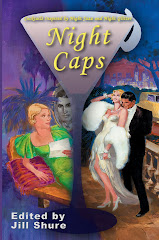I became fascinated about the Dust Bowl of the 1930s when I wrote my novel NIGHT GLITTER. How for thousands of years the American plains fed the buffalo. How later on when we had land grants and allowed immigrants to stake out claims across the west, we saw a rise in farming across this wild territory. Germans, who once lived in Russia, brought red wheat with them. The grain flourished under the harsh conditions. Towns grew. Life was good. During WWI, The Great War, the farmers did very well. Many grew wealthy thanks to good weather, plenty of rain, and the need for food by American troops. But conditions changed during the 1920s. The price of wheat plummeted. Farmers responded by planting more. Then the rain stopped. And the wind began to blow. Until housewives swept several feet of dirt off their floors each morning. And they covered their baby cribs with wet towels to save their children. But the wind blew away the topsoil until the land resembled the Sahara Desert. Babies died of black pneumonia. Cows delivered black milk. Houses were buried under the dust. Until the dust blew east reaching ships out in the Atlantic Ocean. And man learned that digging up the plains had a price. He had changed the earth. Digging up the wild grasses and overusing the top soil had resulted in deadly dust storms which emptied out whole towns, killed farm animals, children, and left families destitute.
Man has an impact on the earth. Visit the disappearing Alaska glaciers. Visit Mexico City. See what we have done. Learn how we overcame the Dust Bowl and how FDR helped before you believe man has no impact on the planet and Global Warming is a fallacy.
Tuesday, February 16, 2010
Subscribe to:
Post Comments (Atom)












No comments:
Post a Comment